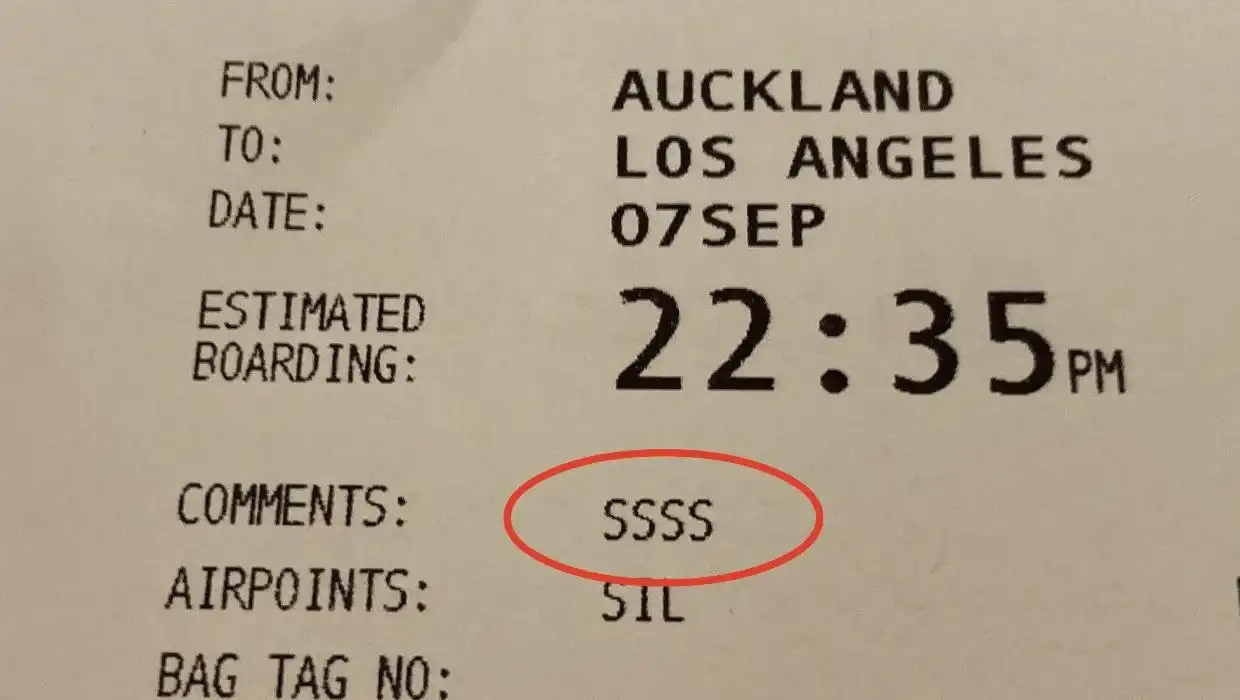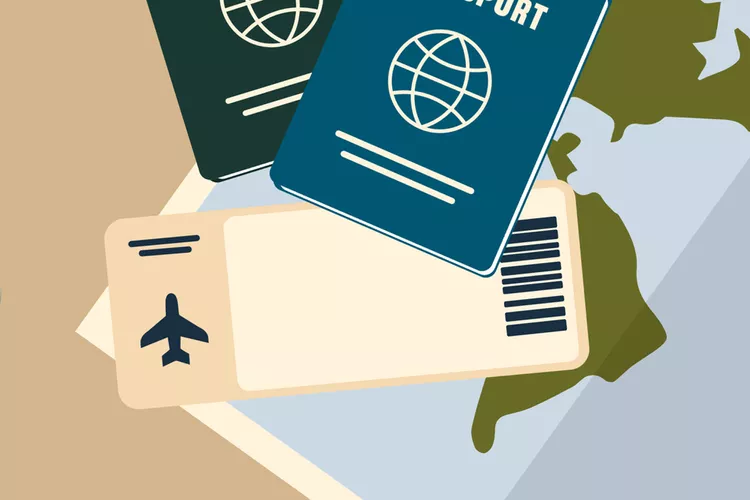Flying can be stressful enough without any unexpected surprises at the airport. But if you spot the letters SSSS printed on your boarding pass, it’s worth preparing for an additional round of security checks. While most travelers pass through the Transportation Security Administration (TSA) checkpoints with routine screening, those four letters signal something different — and potentially time-consuming. Here’s what the SSSS code means, why you might be selected, and how to navigate the process like a pro.
What Is SSSS and Why It Matters
The code SSSS stands for Secondary Security Screening Selection. It’s issued by the U.S. Department of Homeland Security and appears on boarding passes for both domestic and international flights to or from the United States. This designation triggers a more thorough security check before you board your plane.
What Happens During Secondary Screening
If you’ve been selected for SSSS, here’s what you can expect:
- A detailed search of your carry-on and personal items
- Swabbing of electronics and hands to test for explosives
- Full-body pat-downs
- Additional questioning from TSA agents
The process typically happens at the gate or a designated screening area. While it may take only a few minutes, some passengers report delays of up to 30 minutes or more — so it’s wise to arrive at the airport early if you see the code.
Why Do Some Travelers Get the SSSS Code?
The truth is, the reasoning isn’t always clear. According to a 2023 report from the U.S. Senate, the majority of SSSS designations are random. However, there are a few common triggers:
- Booking one-way international tickets
- Paying in cash or using last-minute reservations
- Traveling to or from certain high-risk countries
- Being on a government watchlist
Even if your travel history is spotless, you might still be randomly chosen due to the TSA’s commitment to unpredictable, layered security measures — some of which begin long before you arrive at the airport.
What to Do if You’re Repeatedly Flagged
If you find yourself facing extra screening multiple times, there is a way to seek resolution through the U.S. Department of Homeland Security’s Traveler Redress Inquiry Program (DHS TRIP).

How DHS TRIP Works
This official redress program helps travelers who are regularly subjected to delays, denied boarding, or repeatedly selected for secondary screening. Here’s how to apply:
- Visit the DHS TRIP website and complete the application
- Provide relevant documentation and identification
- Wait for a review of your case by DHS officials
Successful applicants receive a unique redress control number that can be used when booking future flights. While this won’t automatically remove you from being screened, it can drastically reduce the chances of being flagged repeatedly.
Other Reasons for Extra Security Screening
Not all secondary checks are tied to the SSSS code. TSA agents may also initiate additional screening if:
- Something suspicious appears on the X-ray scanner
- A traveler sets off the body scanner or metal detector
- Behavior raises concern among TSA personnel or flight crew
According to aviation expert and former pilot Dan Bubb, suspicious behavior — even if rare — can prompt deeper inspection. “Sometimes, that behavior can be connected to drug smuggling,” he told Travel + Leisure. TSA agents and airport staff are trained to identify unusual conduct that might pose a threat to passengers or crew.
Can You Avoid Getting SSSS?
While you can’t completely guarantee you’ll never see those four letters, there are ways to reduce your chances of being selected for secondary screening.
Trusted Traveler Programs
Enrollment in programs such as TSA PreCheck or Global Entry allows for faster security clearance at U.S. airports. These programs verify a traveler’s identity and travel history, making it less likely for them to be flagged as a security concern.
Watch Your Booking Habits
Here are a few travel behaviors that could increase your chances of receiving the SSSS code:
- Booking international one-way flights
- Using cash or unusual payment methods
- Reserving flights at the last minute
Sticking to round-trip tickets, booking in advance, and using mainstream payment methods can help you avoid triggering the system.
Final Thoughts
Spotting SSSS on your boarding pass can certainly be inconvenient, but it’s not the end of the world. With the right preparation — and a little patience — you’ll be able to handle the additional security check with ease. And if you find yourself flagged often, applying for redress or enrolling in a trusted traveler program may help you bypass future hassles. In the meantime, give yourself some extra time, stay calm, and let the TSA do their job — keeping all travelers safe in the skies.








